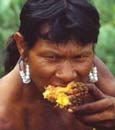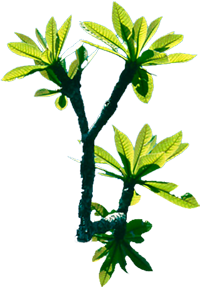
Life in the Cerrado
About the book
The book, published in June 2006, treats the cerrado (one of the top biodiversity hotspots in the world), a large-scale South American vegetation, its formation and origin, its plants and their adaptations, their rhythms of life, and their interactions with animals. The Central Brazilian cerrado should be considered as a distinct vegetation type, distinguished from other physiognomically similar Central and South American vegetation types by its ecology, species composition and floristic diversity. Cerrado occurs frequently in savanna-like forms, but also as forest (closed arboreal canopy), woodland (open arboreal canopy), scrub and open grassland forms. Floristic similarities of cerrado and Central and South American savannas and savanna-like vegetation are the result of a common origin of all these vegetation types and also testifies to floristic exchange between Neotropical savannas and cerrados during the Tertiary and the Quaternary.
In the first volume, we examine in detail this vegetation, its structure, dynamics and presumed origin. Emphasis is on the adaptational features of plants in relation to their physical environment, in particular climate, soil conditions and fire. Further, we discuss the utility to humans of cerrado plants, the influence of man upon this ecosystem and confront some of the problems associated with conservation politics. In the second volume, pollination and seed dispersal phenomena are described, and emphasis placed on how these processes, essentially plant-animal interrelationships, are critical to the maintenance and regeneration of this ecosystem.
Conservation of cerrado entails not merely the protection of its plants but extends to its animals as well for they are the dynamic force ensuring the cerrado's regeneration. Humans, too, have their place in the cerrado, and cerrados have been inhabited and used by man for thousands of years. From time immemorial, indigenous people have manipulated cerrado by burning, and have modified its vegetation structure by planting. Aboriginal people were well aware of the usefulness of cerrado plants. In modern times, however, destruction of this vegetation is so fast that time for in-depth studies is running short. The two volumes making up this book have as one aim to focus attention on this priceless ecosystem in the hope of initiating new proposals, and reinforcing and implementing preexisting conventions, designed for its preservation.

